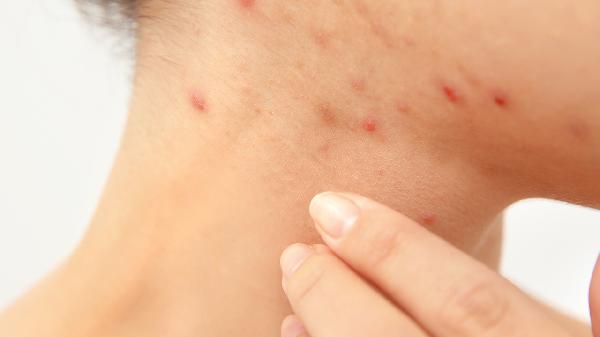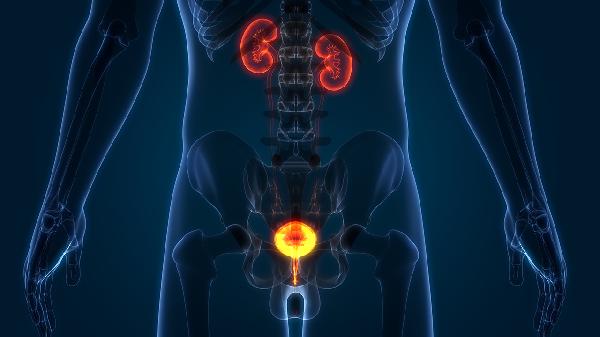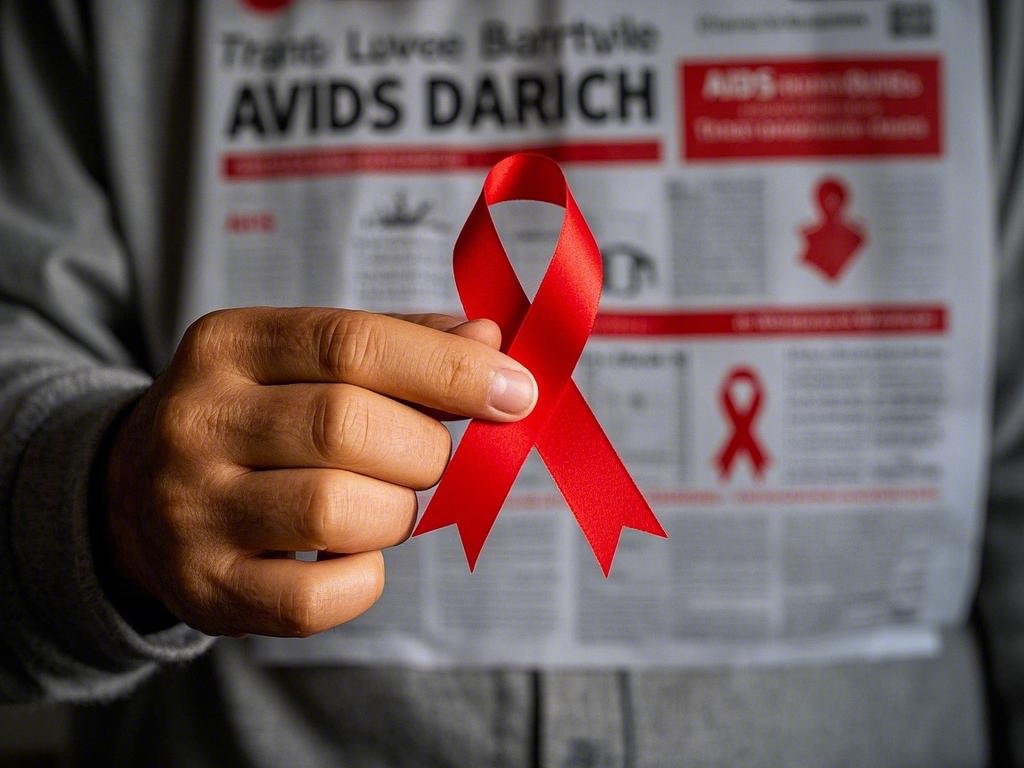Genital herpes (Genifal Herpes, GH) refers to herpes simplex occurring in the genital area and is a viral infectious skin disease. In traditional Chinese medicine, it falls under the category of "heat sores." It differs from oral herpes simplex, as the majority of cases are transmitted through sexual contact. So, what are the causes of genital herpes?

Causes:
Herpes Simplex Virus (HSV) Infection:
Herpes simplex virus (HSV) is a type of herpes virus, a large DNA virus with a diameter of 150–200 nm. Its core consists of double-stranded DNA, surrounded by an icosahedral capsid made of 162 capsomeres, and an outer envelope containing lipids.
Transmission Routes:
HSV primarily enters the body through the skin, mucous membranes, or broken skin. It first replicates in epidermal or dermal cells. Whether symptomatic or not, after sufficient local replication, the virus infects sensory or autonomic nerve endings, traveling along nerve axons to nerve cells in ganglia. Animal studies show that HSV can reach nerve cells in ganglia within about two days after skin or mucosal inoculation, indicating rapid infection.
HSV-1 is typically transmitted through the respiratory tract, digestive tract, or close skin and mucous membrane contact, often residing in the trigeminal ganglia and upper cervical ganglia, leading to facial herpes. HSV-2 is mainly transmitted through sexual activity and genital contact, often residing in the sacral ganglia, resulting in genital herpes. Patients serologically test positive and may experience intermittent HSV activity in the urogenital tract for life.
Reduced Cellular Immunity:
4–5 days after primary infection, neutralizing and complement-fixing antibodies are produced, alleviating recurrent herpes symptoms without causing viremia, but they do not prevent recurrence. Recurrence of herpes simplex is closely related to reduced cellular immunity.
In the initial stages of infection, the virus replicates in ganglia and adjacent nerve tissue, then spreads via sensory nerves to the skin and mucous membranes, causing lesions. This explains widespread epidermal infection and new lesions distant from the primary site. Primary HSV infections often exhibit these characteristics, with virus found in nerve tissues far from the inoculation site. After initial symptoms resolve, infectious virus is no longer isolated from nerves, and viral proteins are not detected on cell surfaces. Stimuli such as immunosuppression, fatigue, infections, emotional trauma, and skin nerve trauma can reactivate the virus.
After primary infection resolves, neither infectious virus nor viral structural proteins are found in ganglia. The viral genome in latent infection differs from active infection, with HSV DNA being circular. RNA transcripts from latent infection in mouse nerve cell nuclei and human trigeminal ganglia hybridize with the region encoding the early gene ICP0. This "antisense" RNA may maintain but not establish latent infection, the mechanism of which remains unclear. It appears that latent infection involves only partial transcription of HSV proteins.
HSV is divided into two antigenic types: HSV-1 and HSV-2. HSV-1 infections occur in over 99% of cases in the mouth, throat, nose, eyes, and skin, while HSV-2 infections are common in GH. Statistics show that 90% of GH pathogens are HSV-2, and 10% are HSV-1, with many differences between the two.
HSV is cold-resistant but heat-sensitive, being rapidly inactivated in water at 50–52°C, surviving for weeks at 4°C, and for months at -70°C. In dry environments, higher temperatures can prolong its survival. HSV is sensitive to common disinfectants like 0.5% formaldehyde, 1% Lysol, or soap water.
Pathogenesis:
HSV is present in the skin, mucous secretions, saliva, and feces of GH patients and carriers. It enters the body through the respiratory tract, oral cavity, genital mucosa, and broken skin, replicates at the entry site, and spreads via blood or nerves, causing primary herpes lesions. If occurring around the mouth, nose, and eyes, it is oral herpes; if in the genital area, it is GH. Some cases are asymptomatic latent infections.
After primary herpes lesions resolve, HSV does not disappear but remains latent in the mucosa, blood, and sensory ganglia. In GH, HSV often resides in the sacral ganglia and is shed in saliva, blood, and mucosal secretions. Due to the lack of specific transcription enzymes for viral replication in nerve cells, HSV remains dormant in nerve cells. When the body's resistance decreases due to factors like fever, cold, sun exposure, emotional stress, indigestion, menstruation, mechanical irritation, or radiation, latent HSV is activated, released from the dorsal root ganglia, and causes recurrent herpes simplex.
























